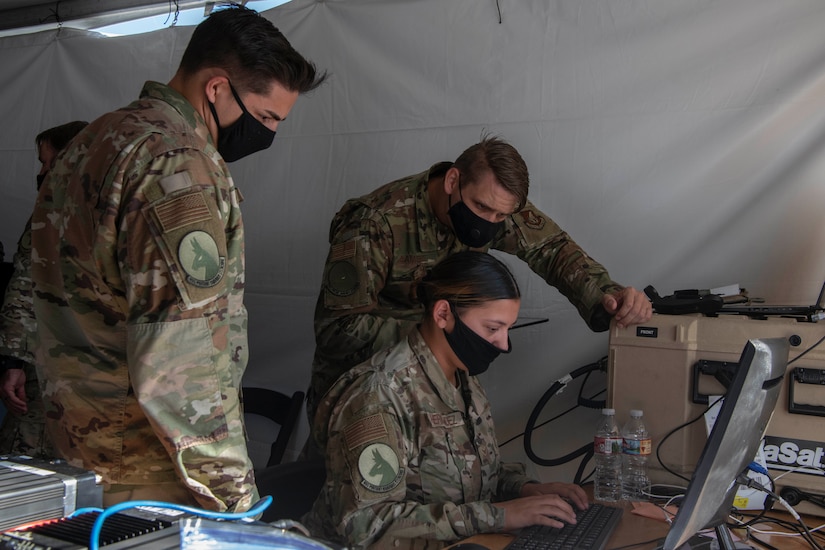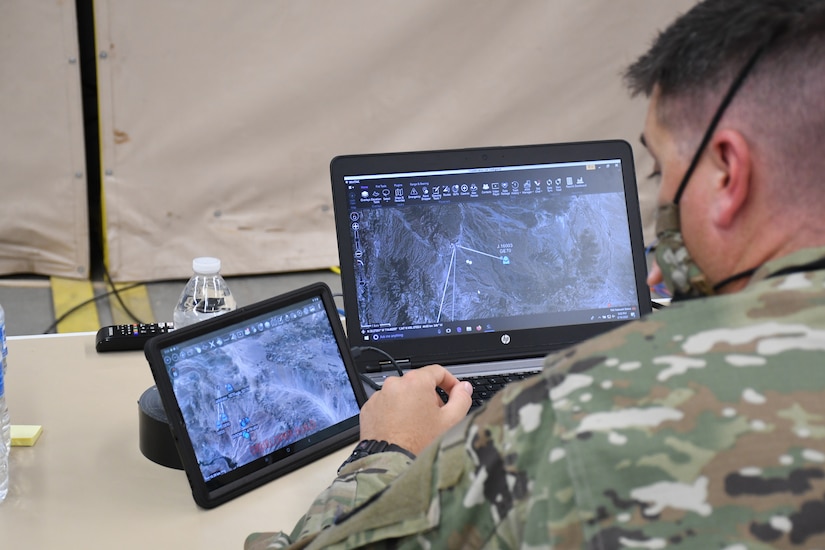Dec. 14, 2020 | , DOD News
Across the department, agencies are now appointing their own chief data officers to become part of a community that wants to be able to use the DOD's vast amount of data to make better decisions faster.


David Spirk, DOD's chief data officer, identified "strategic impatience" as a characteristic of those who will end up being the best CDOs within the department.
"The right person for a leadership job in the data front in the department right now ... [is] somebody who knows when to be patient and impatient with extreme precision," Spirk said Dec. 10 during ThoughtSpot's virtual Beyond 2020 Digital conference. "We can only push these organizations so far, so fast because it is a cultural change."
As the department moves toward using more data to make better, faster decisions, organizations that have in the past been reticent to share their data will need to open up to the idea if they want to reap the benefits that come from matching data with artificial intelligence and machine learning tools, Spirk said.

Many organizations — with the right CDOs in place — are making such shifts now in their thinking.
"Some of the legacy concepts around 'this is my data' just naturally change when we start using data to drive some of our senior leader-most decision-making forums," Spirk said. "I think at the department level we're blasting through some of those legacy cultural tendencies."
One way that's happened, Spirk said, at least at the department level, is through the newly-created Deputies Management and Action Group, which involves the deputy secretary of defense, the vice chairman of the Joint Chiefs of Staff, the service chiefs and the service secretaries, Spirk said.
"The fact is we sit with Deputy Secretary of Defense [David] Norquist a couple times a week, as a small team, and talk him through where we're at, what data are we unlocking, what data-driven decision-making forum can we put this in front of next. This senior leader attention is [now] foot-stomping and smashing through resistance from middle management because the tactical elements are now asking for the same ," he said.

Spirk said there is now a data community across the department that is growing, and this data community is helping break down barriers that have in the past prevented the sharing of data. The new data community includes chief data officers, data stewards, data custodians and data managers, he said.
"As we start stitching this team together and looking at hard problems that we can help each other out with, there's a growing team of data professionals who can go in and explain to [their] senior leaders that this isn't as scary as they might have thought in the past," he said. "Making our data visible allows us to more quickly get predictive analytics so we can create training quality data sets and really unleash the power of AI across our decision making."






No comments:
Post a Comment